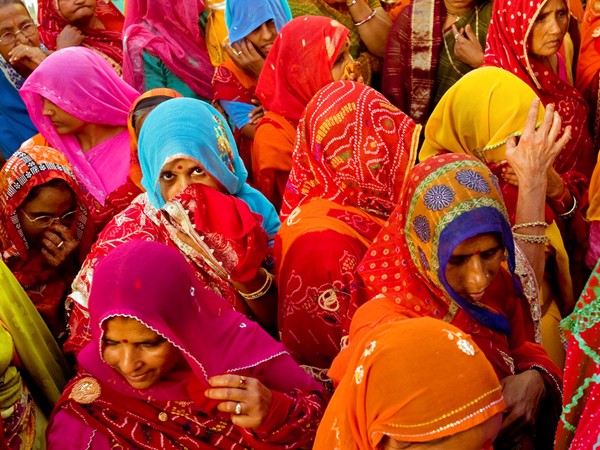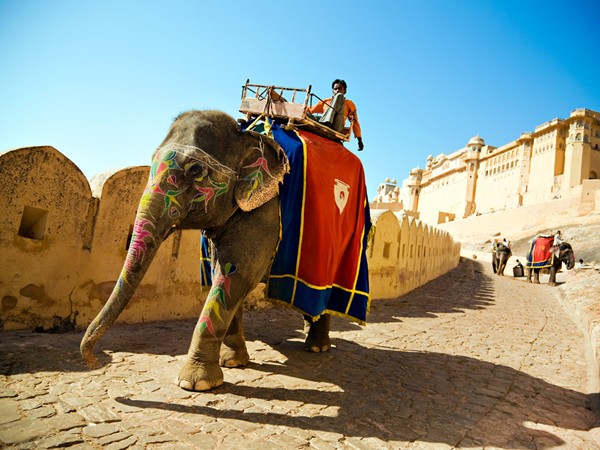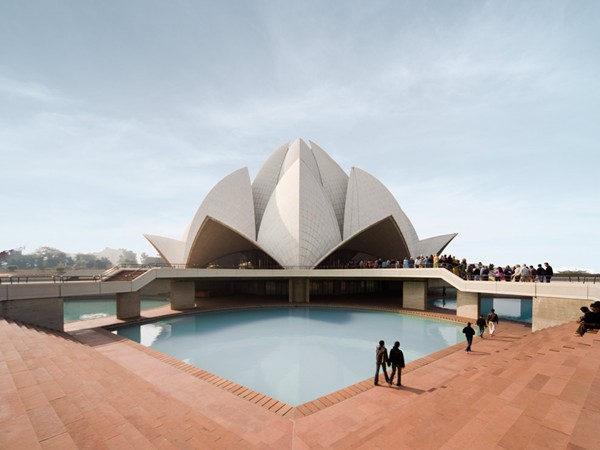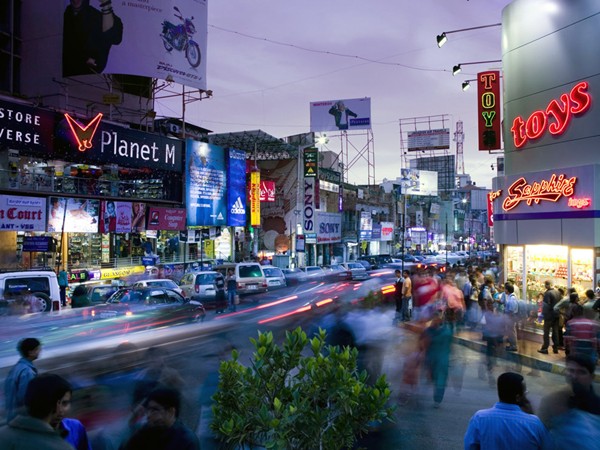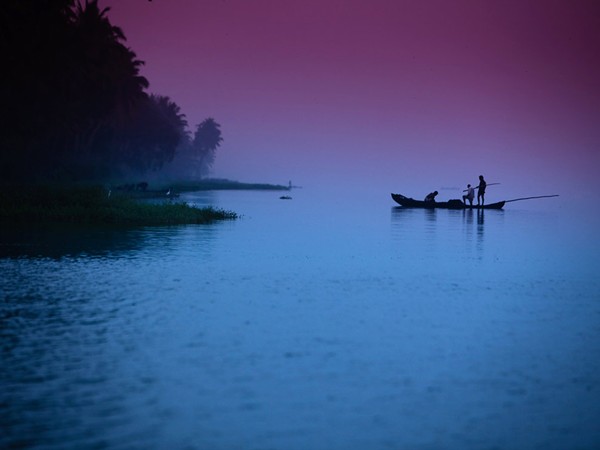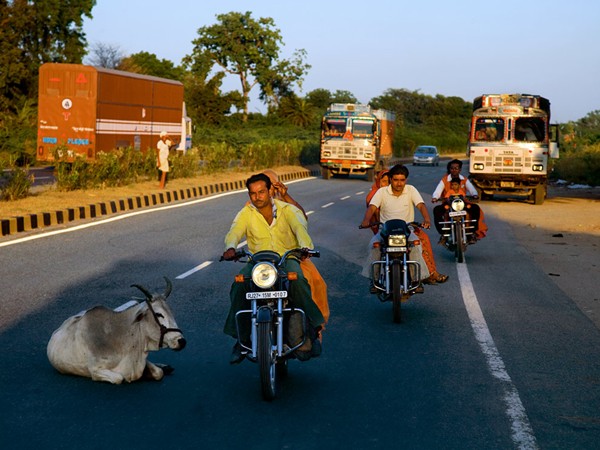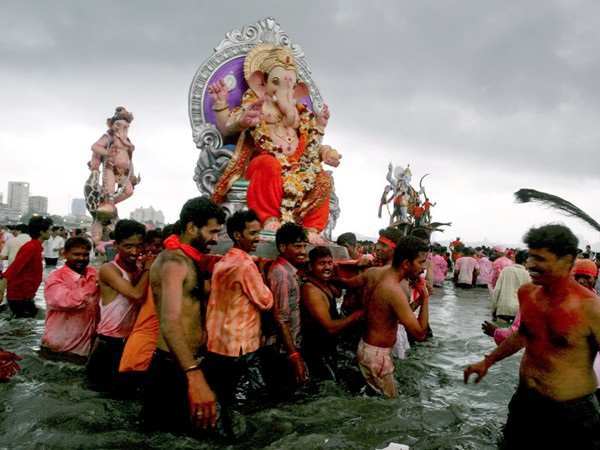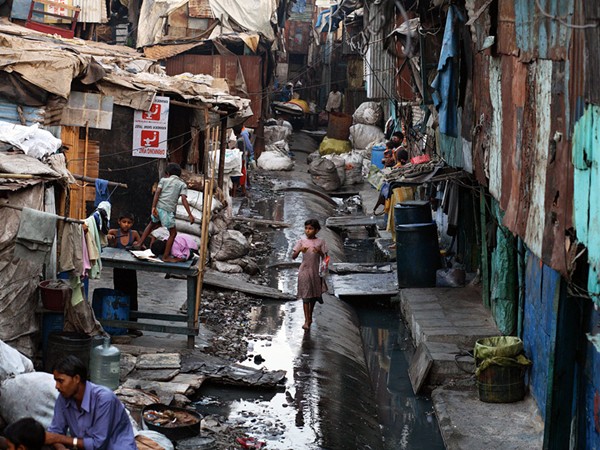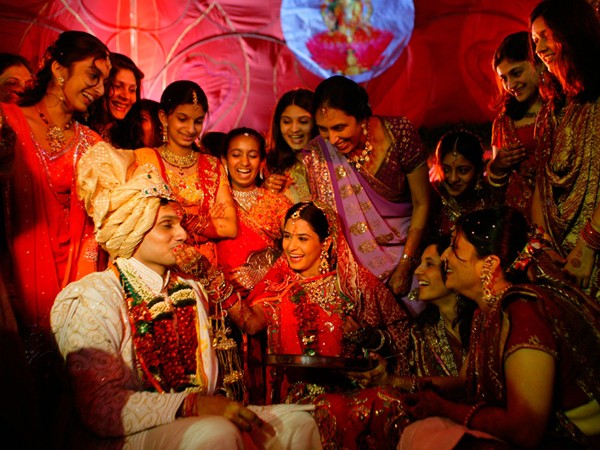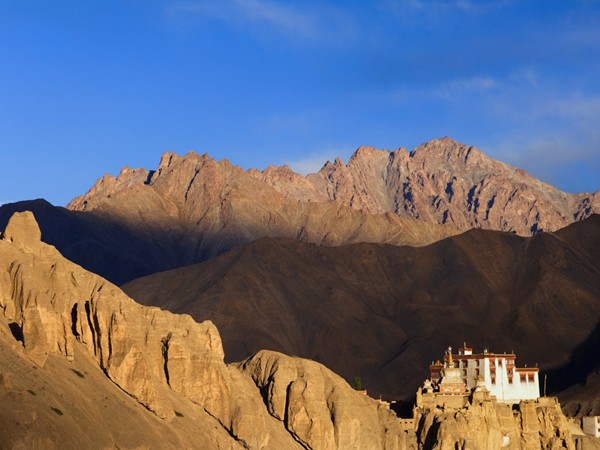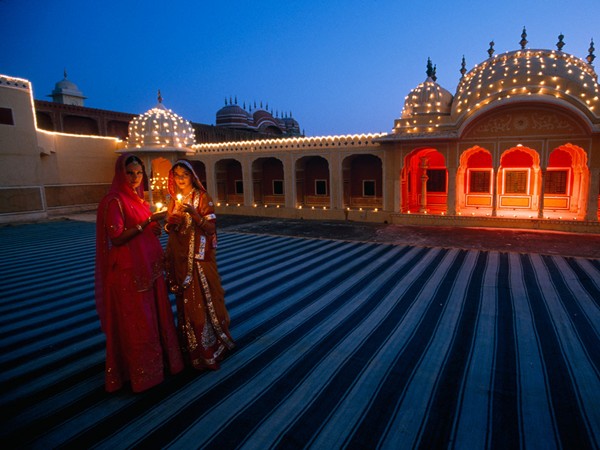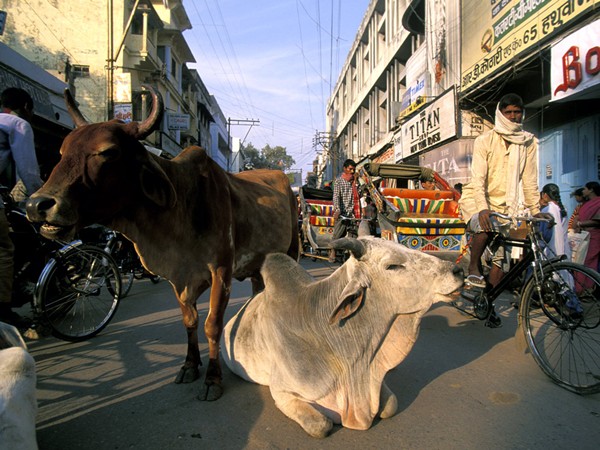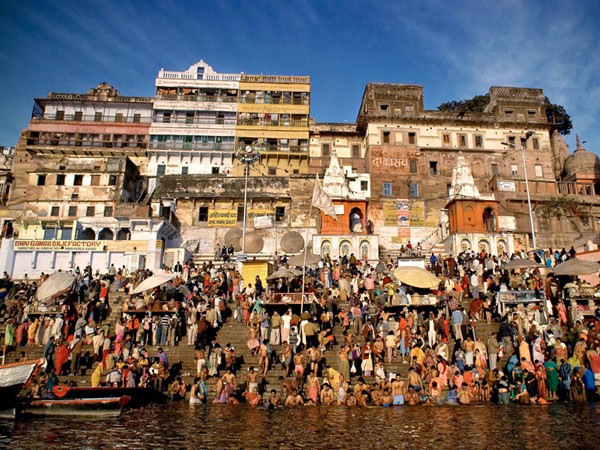Photography: India
India photo gallery
Hindu culture evolved out of the mingling of indigenous Dravidian peoples and Aryan-speaking nomads who arrived from Central Asia in 1500 B.C. Islam spread across the subcontinent starting in the eighth century A.D. From the 17th century to the mid-20th century India was the pride of the British Empire. Guided by Mahatma Gandhi, Indians won nationhood in 1947. From British rule they inherited deep poverty but also parliamentary government, the English language, and a far-flung rail system, which helped knit the multiethnic country into a secular democracy often called the world's largest democracy.
Violence born of separatist yearnings or religious differences gnaws at national unity and takes lives: Sikh revolts since the 1980s have left thousands dead; in 1984 Prime Minister Indira Gandhi was the victim of assassins' bullets; and seven years later her son Rajiv was killed by a bomb. Other problems include a ponderous bureaucracy, illiteracy, a high birthrate, and border disputes with Pakistan and China.
A 1948 cease-fire line, known as the Line of Control, divides Kashmir between India and Pakistan. India claims that Kashmir legally is part of it, but Pakistan says that the mostly Muslim population should vote on which country to join. Diplomatic talks with China work to resolve border disputes in India's northeast state of Arunachal Pradesh.
The Hindu caste system reflects Indian economic and religious hierarchies. One out of six Indians suffers in the lowest caste as Untouchables. Indians in lower castes can escape serf-like conditions that exist in rigidly structured rural areas by going to live in India's chaotic cities. Mumbai (Bombay) is the largest city and is home to Bollywood, India's film industry. Bangalore is India's Silicon Valley. India has a burgeoning middle class and has made great strides in engineering and information technology. The country's space program plans to reach the moon in 2008.
© National Geographic
Comments: 0
There are no comments yet, be the first to write a comment!


